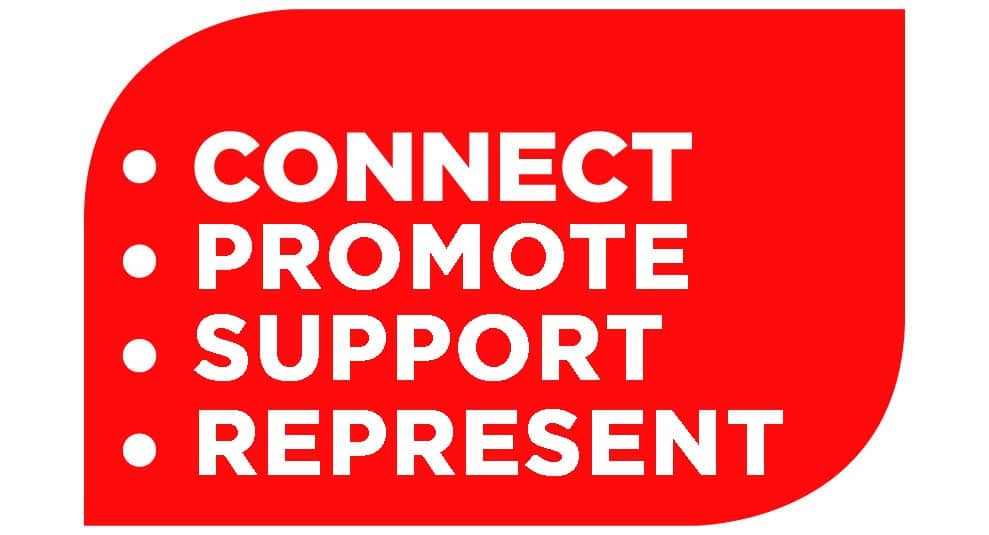Leveraging Female Talent
22nd February 2019

So what is it that team leaders and line managers can do? It’s all about adapting to women’s needs, and expanding the leadership tool box. It’s about finding ways of leading a team that bring out the best in both men and women.
Top sports coaches and gender diversity in leadership
In interviews with top sports coaches all of them stressed that they have always seen each player as an individual. It’s not possible to define what works for men and what works for women. However, they did have to learn some new behaviours when they started working with all-female teams. They learned to expand their leadership toolkit, and what they learned can be vital for line managers too.
Challenge vs. Encourage
Challenging men is a useful strategy to motivate a team to perform better. Getting angry, setting challenging targets or setting up internal competitions are all effective ways to motivate men. It usually spurs them on to push on, aim higher, fight back and show what they are worth.
The impact of these strategies on a group of women, however is not the same. When using similar strategies for women, it results in reduced confidence. Women in the team feel personally hurt – as they don’t want to let the coach down – and it damages the relationship with the coach. As a result they give up, or pull together and rebel against the coach.
Sports coaches that work with women’s teams quickly learn to use strategies that are more supportive and encouraging. This includes establishing a strong personal relationship, and keeping track of ‘good performance’ moments and relating those back with supporting evidence.
Check-in Ratio
Men are usually happy with feed-back on their end-results. When they do not receive feed-back they assume they did well. If there is feed-back they take in where they need to improve, and enjoy working on that in isolation.
Women however, thrive on more regular feed-back. When not receiving any after or during a match, they will assume something is wrong, and lose confidence quickly. Coaches learn that it works well to give women positive feed-back more often, and not just on results but also on process.
Different ways of Competing
The different responses to the coach are linked to how men and women compete. Men compete on being the biggest, the strongest or the best. When a challenge is set they get a chance to prove themselves in the hierarchy. When there is an issue they need to solve, they enjoy doing it alone, so they can claim the credit; another chance to prove their prowess.
Women, on the other hand, compete on relationships, being nicest and most popular. It can be damaging for relationships to be the best, so challenges don’t work as well for them.
Competing on being the strongest is visible and easy to measure. However, it’s hard to measure whether you are still ‘nice’ and have a good relationship. Therefore, girls get used to ‘checking-in’ with each other from a young age. When they ask ‘What do you think of my drawing?’ or ‘Can I still come to your birthday party?’ they are in fact checking if they are still have a good bond with the other and verifying their place in the girls’ hierarchy. Girls learn habits of continuously confirming each other. If a coach regularly checks-in on how they are doing, and gives regular feed-back it keeps their confidence up and they feel valued.
Line Managers and Gender Diversity
Top sports coaches show that understanding gender differences can make a real impact on team performance. Leadership models and research need to catch up. Line managers would do well to realise one size does not fit all, and learn to flex their style to what works for both men and women.
Inge Woudstra is author of the book’ ‘Be Gender Smart the Key to Career Success for Women [www.gendersmart.co.uk] and director of W2O Consulting & Training [www.w2oconsultingandtraining.co.uk]. She is an experienced, researcher, trainer and consultant and works with organisations on gender diversity. Inge runs Gender Smart training programmes for leaders, managers and women.








































